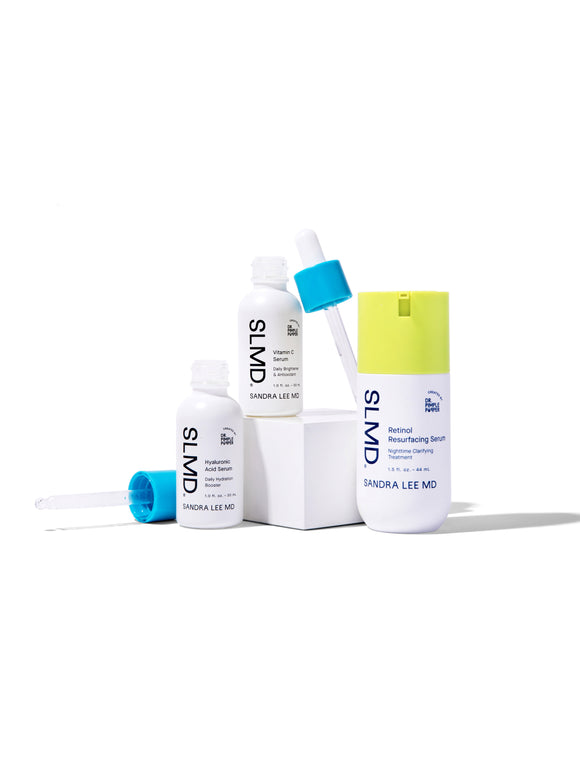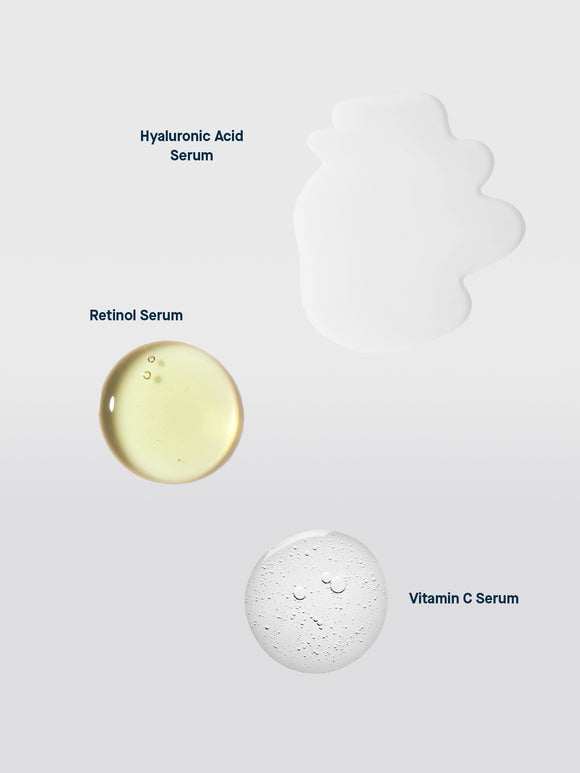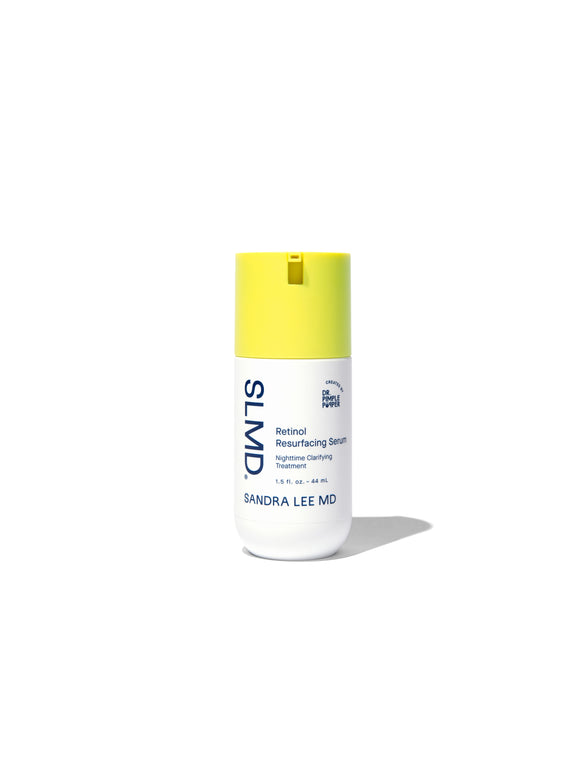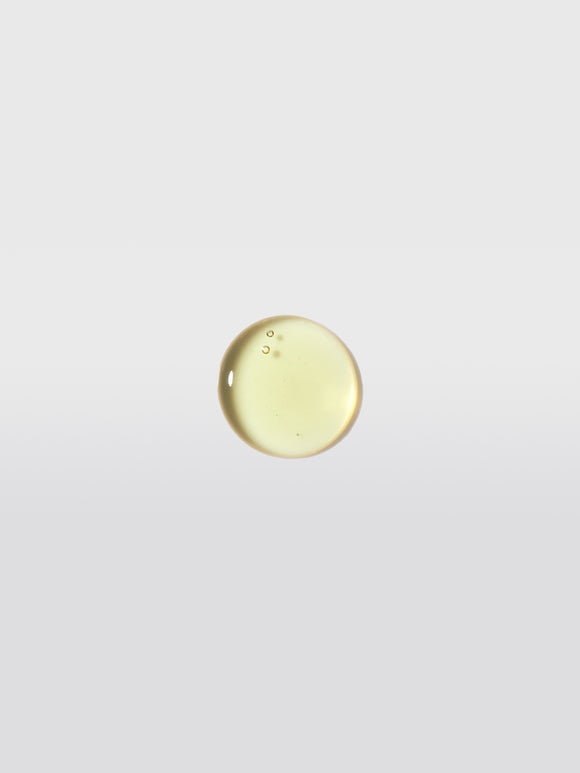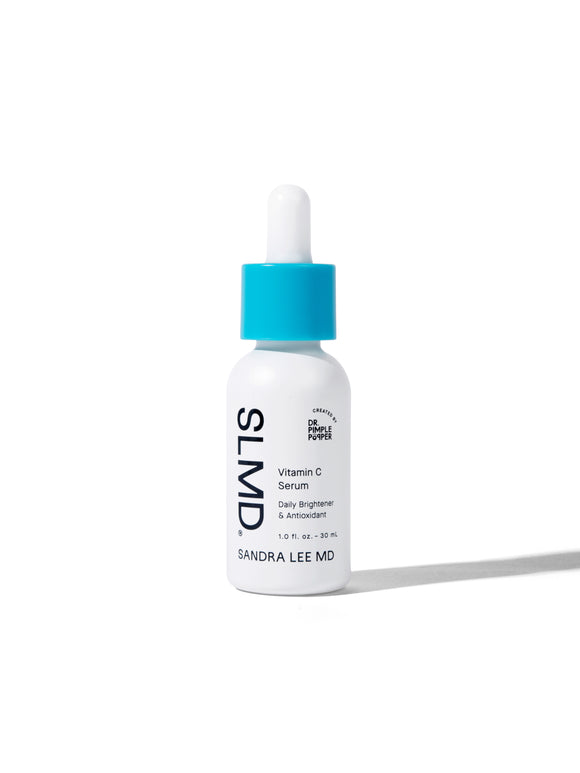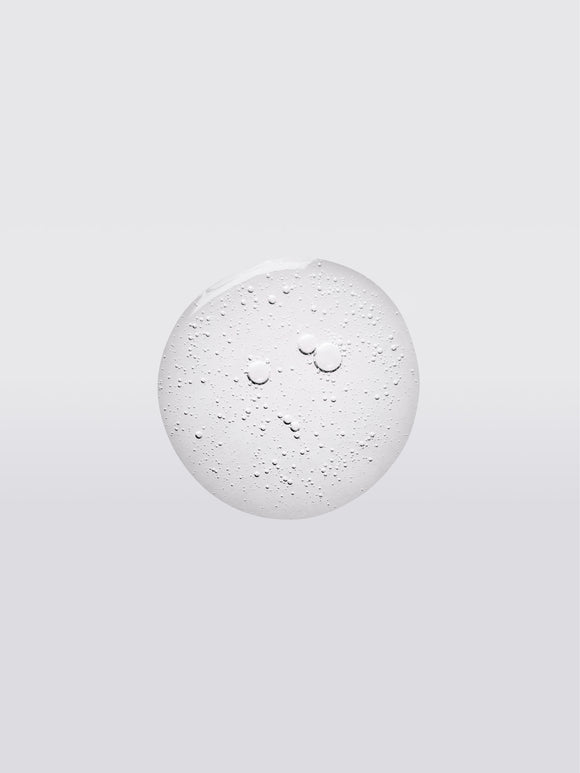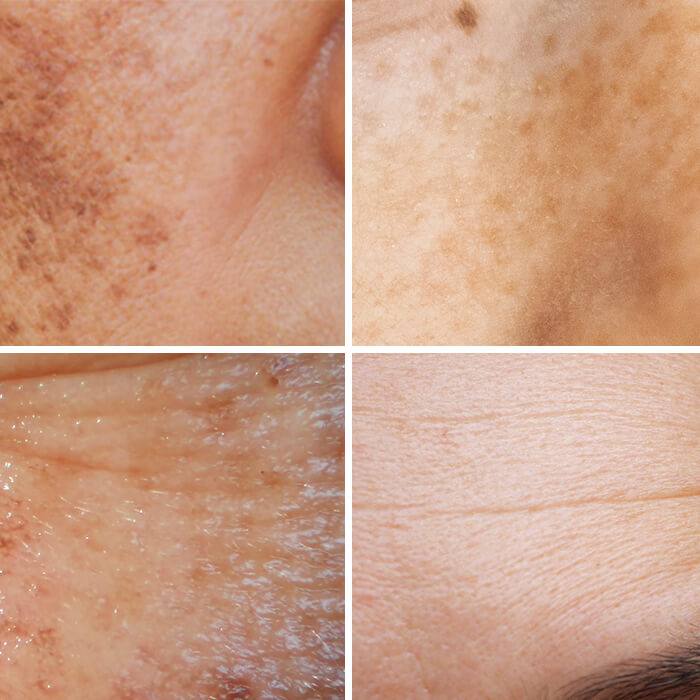
What to Do When Sun Damage Starts Showing Up
Fine lines, spider veins, dark marks...No matter how sun damage starts to show up on your face, it’s not exactly a milestone to celebrate. So what are the first signs of photoaging — and what are you supposed to do about them when you notice? We’ve got the scoop from our founder, Sandra Lee, MD (aka Dr. Pimple Popper).
Published:
4 minute read
The first fine line. A tiny red spider vein near your nostril. The spot you thought was a freckle — and is now a big dark mark. No matter how sun damage starts to show up on your face, it’s not exactly a milestone to celebrate.
So what are the first signs of photoaging — and what are you supposed to do about them when you notice? We’ve got the scoop from our founder, America’s favorite dermatologist, Sandra Lee, MD (aka Dr. Pimple Popper).
Article Quick Links
What are the first signs of sun damage?
Depending on personal factors — like where you grew up, your family history, and your lifestyle — signs of photoaging can start showing up as early as your twenties. Regardless of when they appear, these changes to your skin can include:
- Freckles — also called ephelides, these melanin deposits are indeed caused by UV exposure, but aren't regarded as harmful
- Fine lines and wrinkles — radiation breaks down collagen and elastin faster than typical aging
- Sagging skin — loss of elastin makes skin droopy at a higher rate than the effects of gravity
- Broken blood vessels — aka spider veins or telangiectasias, actually stretched out vessels resulting from elastin loss
- Age/liver/sun spots — all different names for the dark spots of created by UV-induced excess pigmentation
- Melasma — large patches of hyperpigmentation (often symmetrical) resulting from the sun and hormones
Can you stop sun damage from appearing?
Of course, the best way to avoid sun damage is prevention. But unless you’ve been super diligent about wearing sunscreen your entire life (or you’ve been living in a cave), chances are, your skin has already been exposed to damaging levels of UV radiation.
The good news? It’s never too late to start minimizing that damage. Dr. Lee has been very vocal about her tips for reducing sun exposure:
- Wear sunscreen every day. SLMD Dual Defender SPF 30 is a lightweight, noncomedogenic moisturizer and sunscreen in one that's formulated for acne-prone skin.
- Avoid the sun during peak hours. Outdoor activities are great, but try to plan them before 10 a.m. or after 2 p.m.
- Seek out shade. Whenever you’re outside, try to avoid direct sunlight by spending time under a tree or umbrella.
- Wear protective gear/clothing. Wide-brimmed hats and sunglasses are key, along with UV-rated clothing for extended periods of exposure.
What’s the best way to reverse sun damage?
According to Dr. Lee, it is possible to undo some of that sun damage with skincare — but there are limits. Once something like a wrinkle or a sunspot is formed, it’s unrealistic to expect that a product can make it completely disappear. No matter what skincare you choose, your results will depend on your unique skin, and how much it’s been altered by UV radiation.
Here’s a roundup of some of the most popular dermatological ingredients for addressing the first signs of sun damage.
Retinoids
These vitamin A derivatives increase cell turnover, which can alleviate uneven patches resulting from sun damage. Retinoids also help prevent the breakdown of collagen and elastin, which naturally occurs with age and is made worse by chronic sun exposure.
Dr. Lee recommends starting with over the counter retinol in your twenties as a preventative — but it’s never too late. If you have sensitive skin, perform a patch test first. Depending on your skin concerns, your dermatologist can also prescribe stronger versions, like tretinoin.
Try: SLMD Retinol Resurfacing Serum
Alpha hydroxy acids
These exfoliants, like glycolic acid, lactic acid and mandelic acid, weaken the bonds that hold dead cells together, causing dull, dead layers to slough off. The level of exfoliation depends on how strong the acid is. These ingredients can minimize the look of fine lines and hyperpigmentation.
Again, start with over the counter products once or twice weekly, and step up frequency as needed and as your skin allows. Dr. Lee says that stronger, in-office chemical peels can provide more dramatic results, but be sure to seek out a qualified professional — acids can cause damage in inexperienced hands.
Try: SLMD AHA/BHA Swipes, a combination of salicylic, glycolic and lactic acids for an at-home mini peel.
Antioxidants
When your skin is exposed to UV radiation, it sets off chemical reactions in your skin, forming free radicals that cause damage over time. Antioxidants are substances that neutralize free radicals, preventing or counteracting their harmful effects.
Antioxidants can help minimize sun damage in a variety of ways:
- Inhibiting the production and transfer of melanin pigment
- Stimulating production or preventing the breakdown of collagen and elastin
- Boosting skin’s natural healing abilities
- Strengthening the skin barrier
Some of Dr. Lee’s favorite antioxidants include vitamin C, kojic acid, niacinamide, resveratrol and ferulic acid.
Try: SLMD All Bright Niacinamide Toner, Vitamin C Serum, Dark Spot Fix.

Dr. Lee's Last Word
While the number one key to avoiding sun damage is prevention, you can take steps to minimize the signs when they appear. I recommend using sunscreen every day, and incorporating dermatological ingredients like retinol, alpha hydroxy acids, and antioxidants into your routine to help brighten skin and reduce the look of lines and pigmentation.





